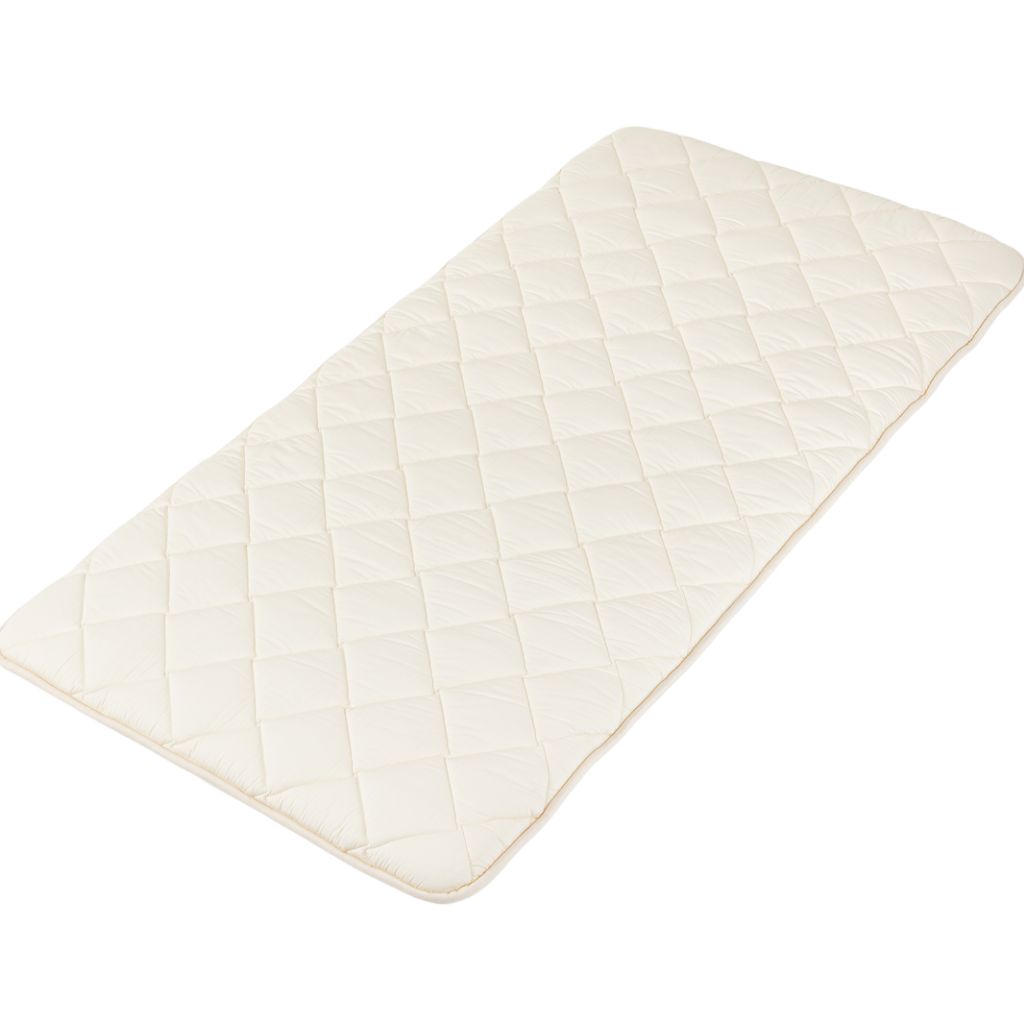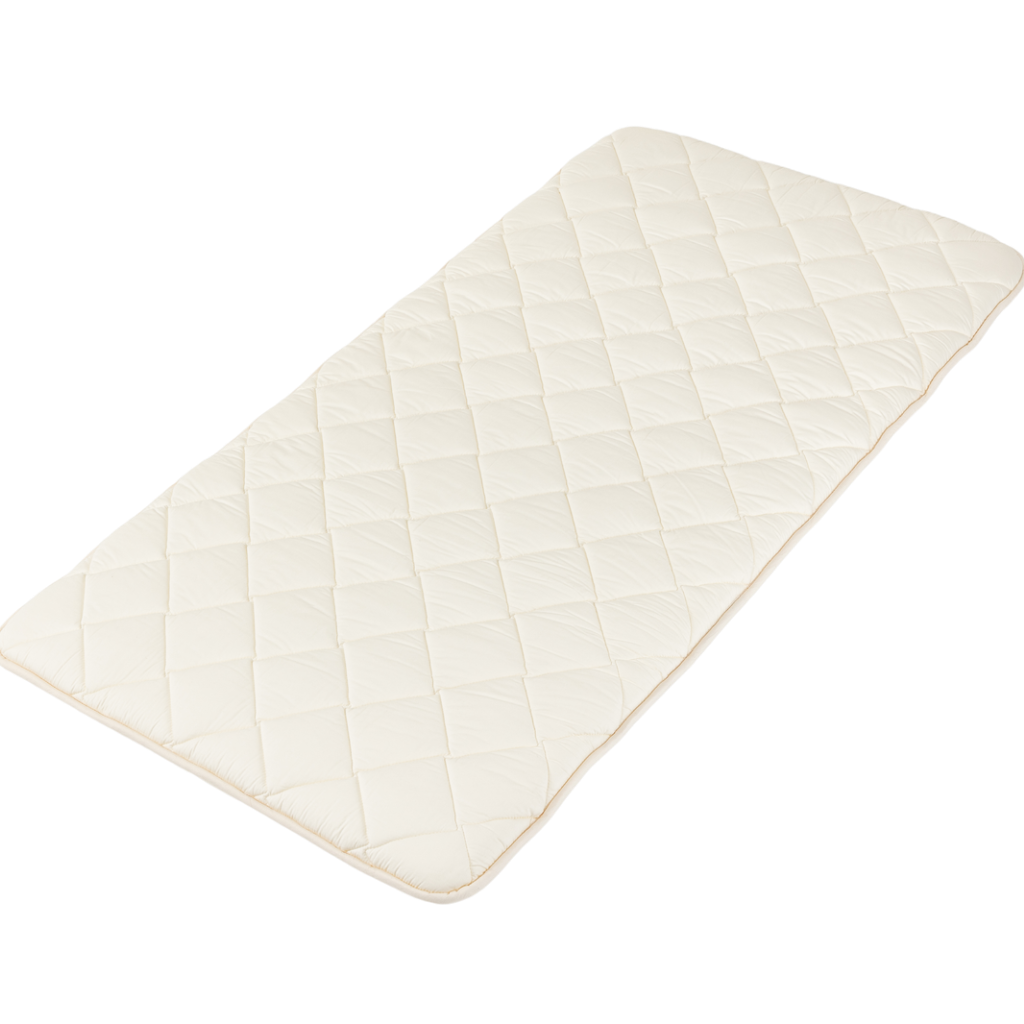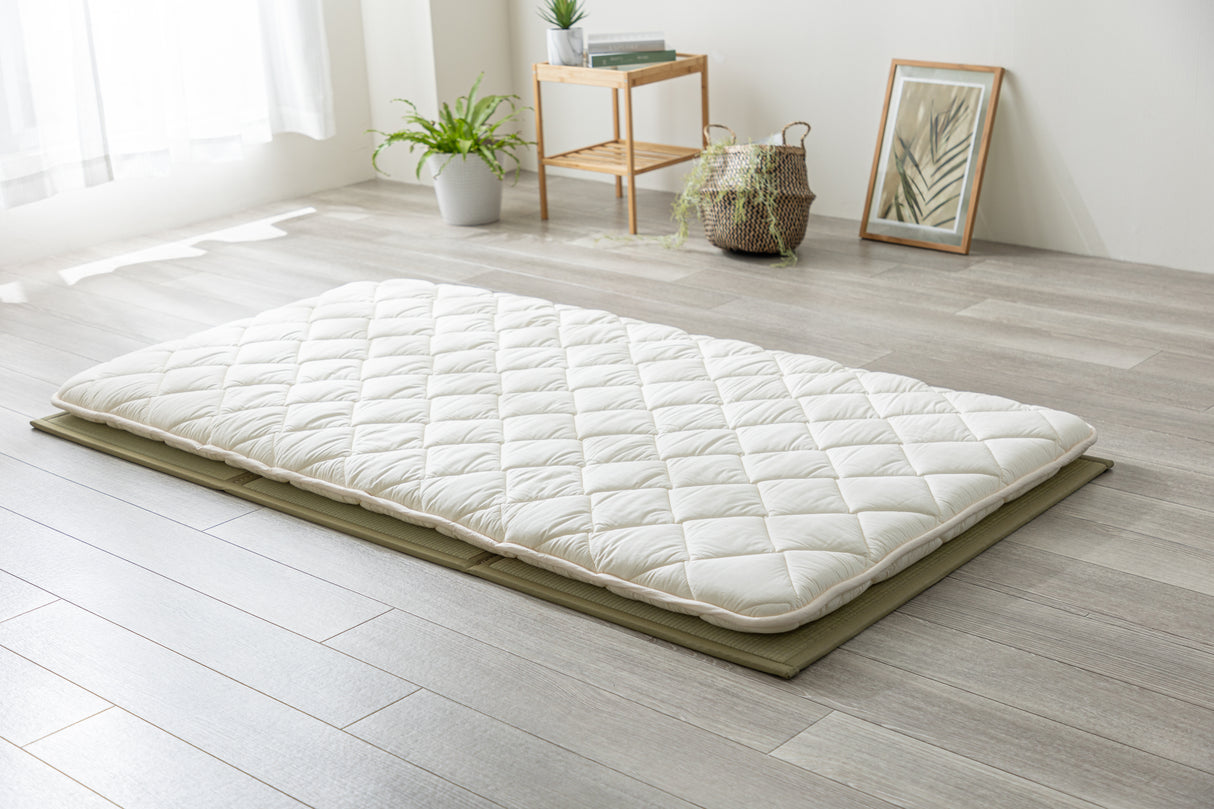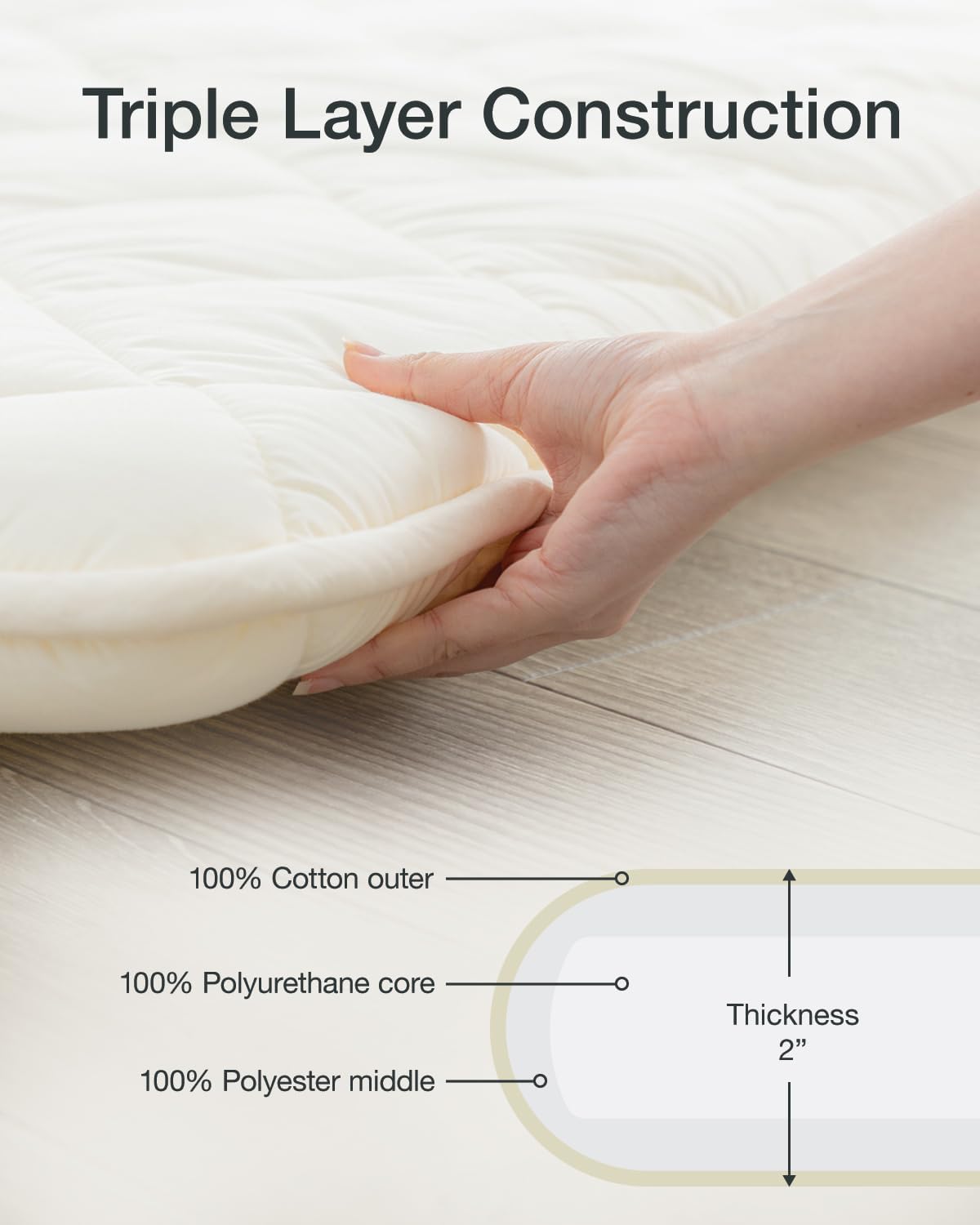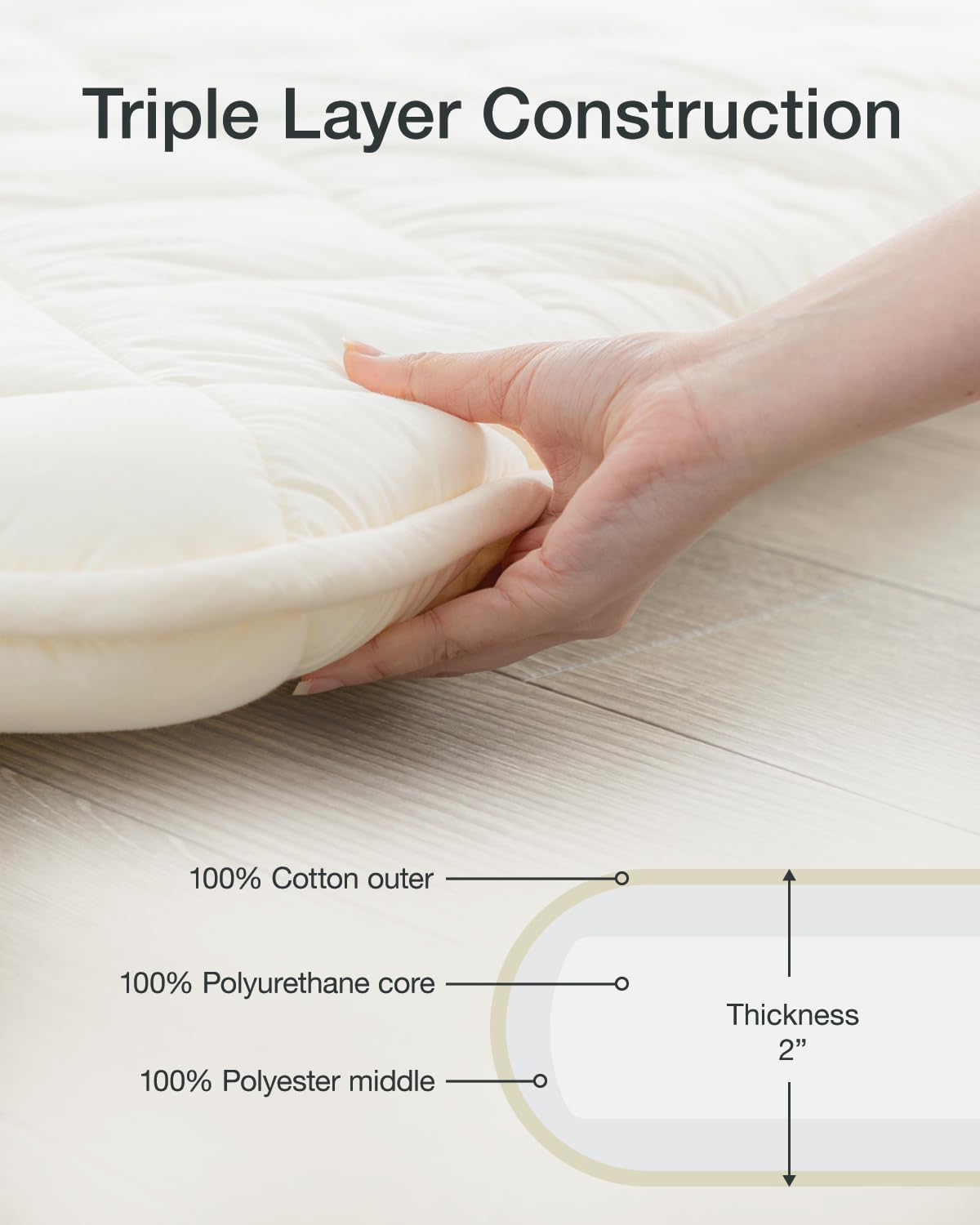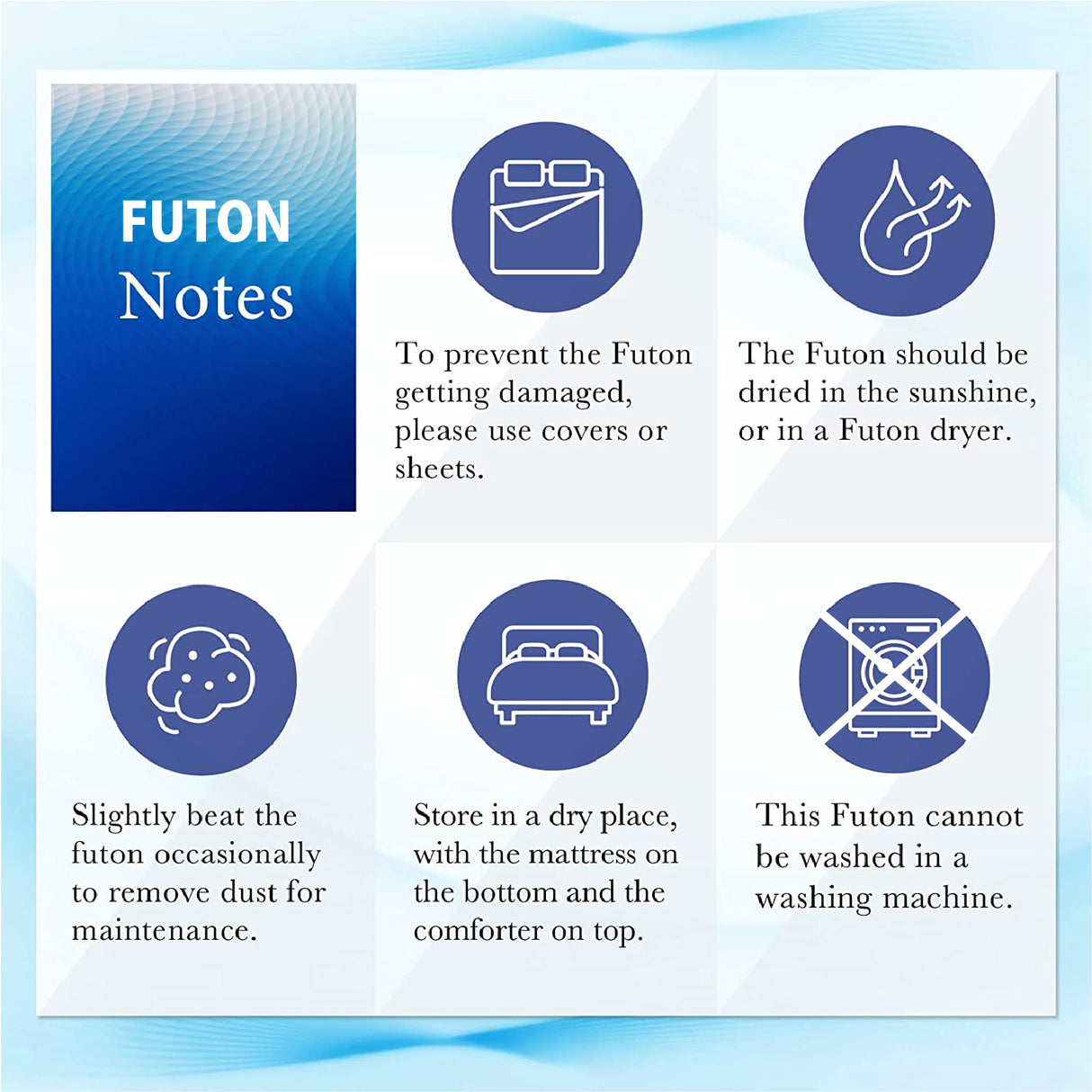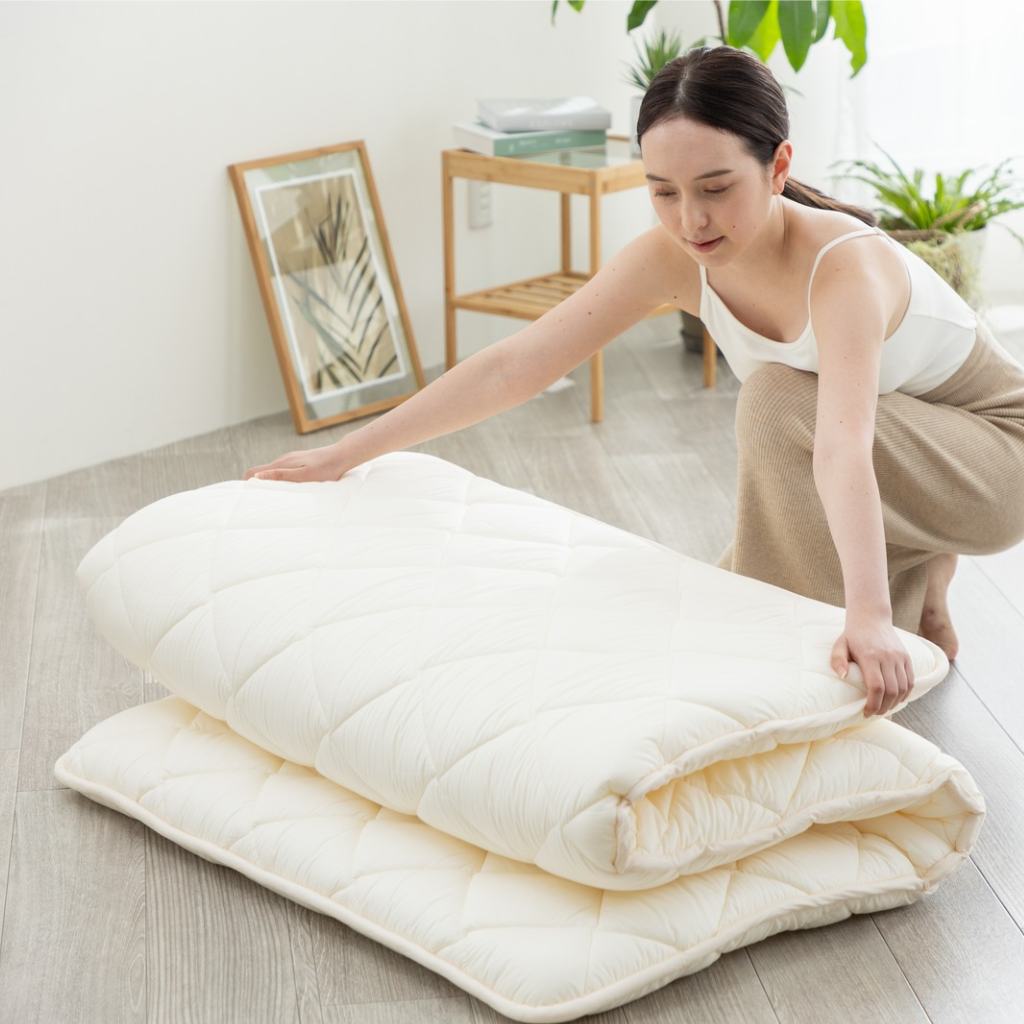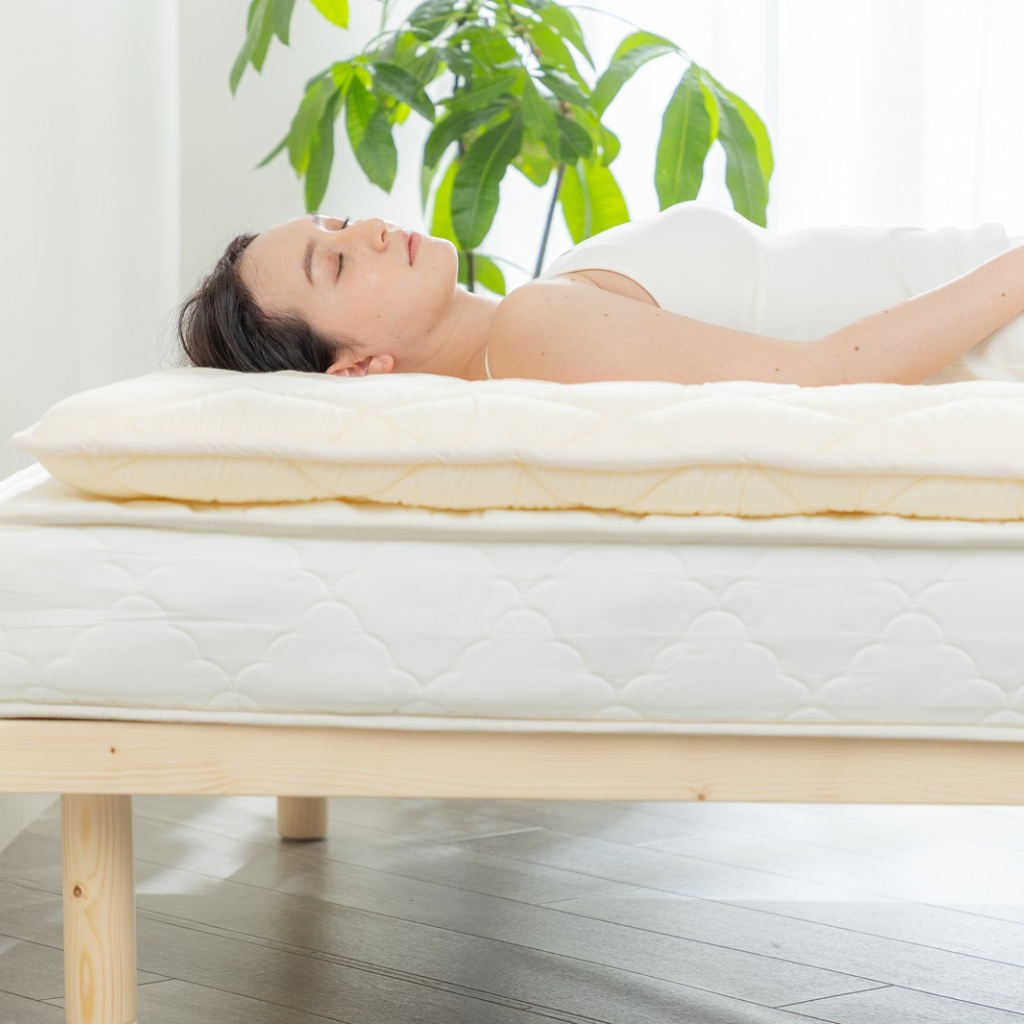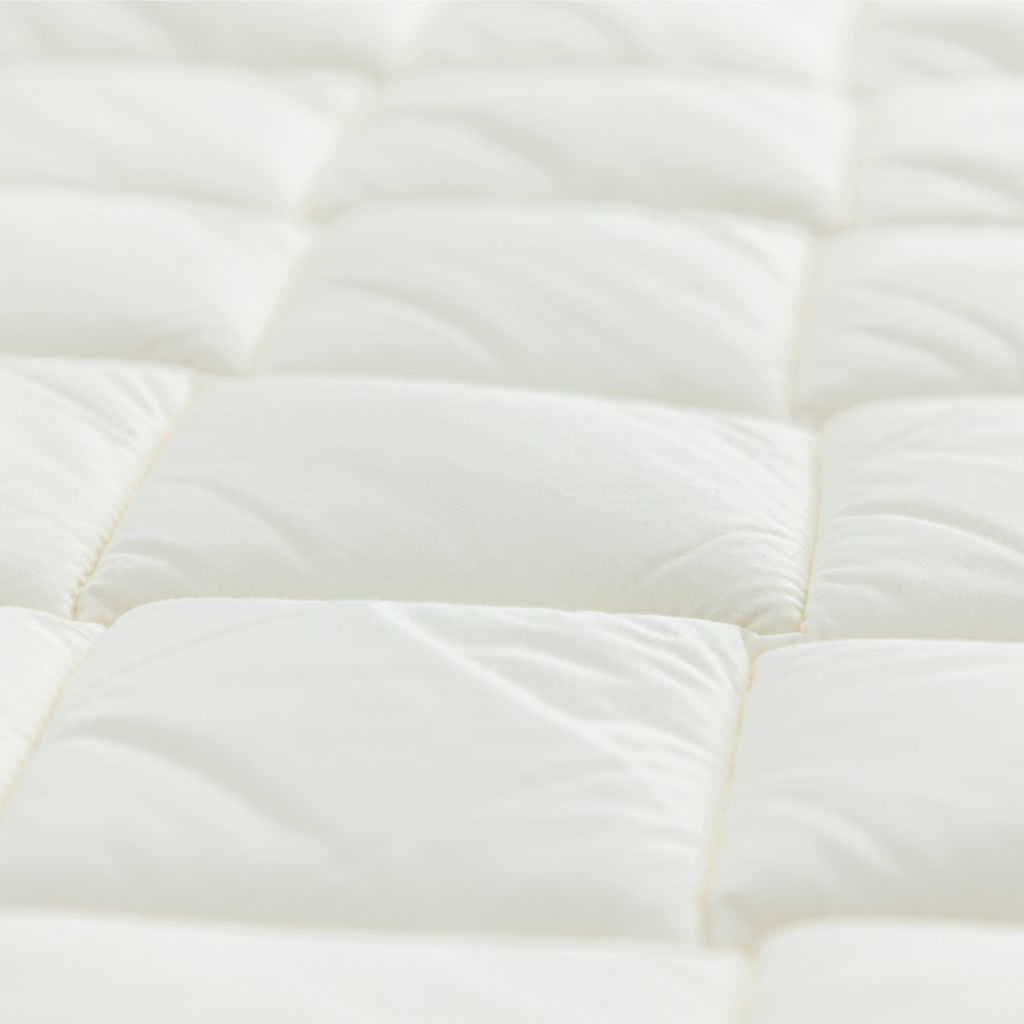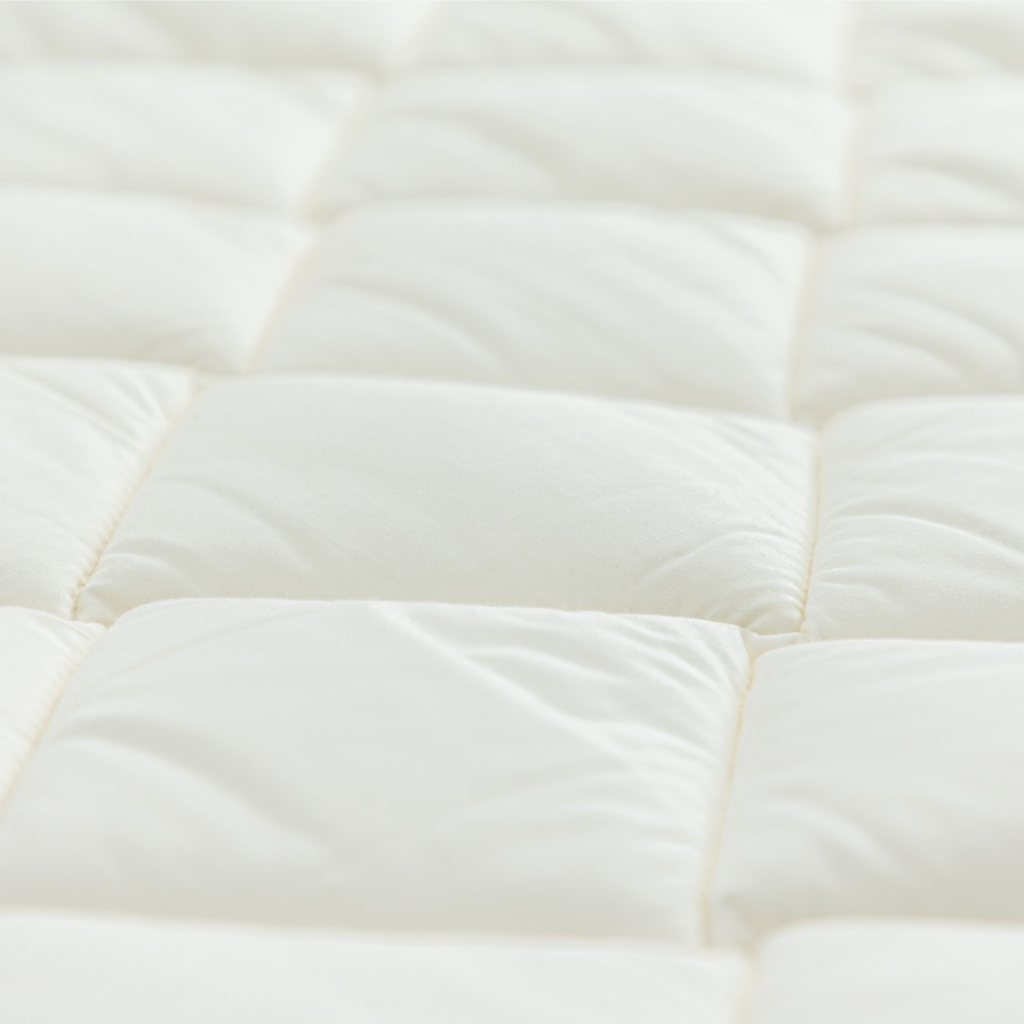
Surface
Place your futon on a firm, flat surface for optimal support. On a tatami mat is ideal. Avoid slatted beds or uneven surfaces, as they can cause the futon to sag.

Sheets
Always use a sheet to keep your futon clean and enhance your sleeping experience. A breathable, natural fiber sheet, like cotton, is best for comfort and hygiene.

Storage
When not in use, store your futon in a clean, dry, well-ventilated area. Fold it neatly to maintain its shape and longevity.
Ways to Use Your Futon
Sold out
$27800
Unit price
/
Unavailable
Taxes, discounts and shipping calculated at checkout.
Pair some text with a product to highlight features.
Futon Mattresses - Shikibutons - Twin XL is backordered and will ship as soon as it is back in stock.









